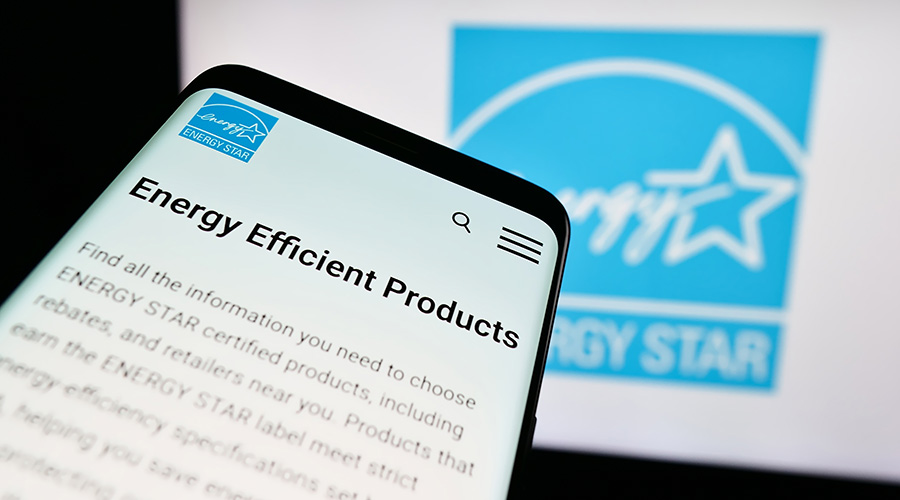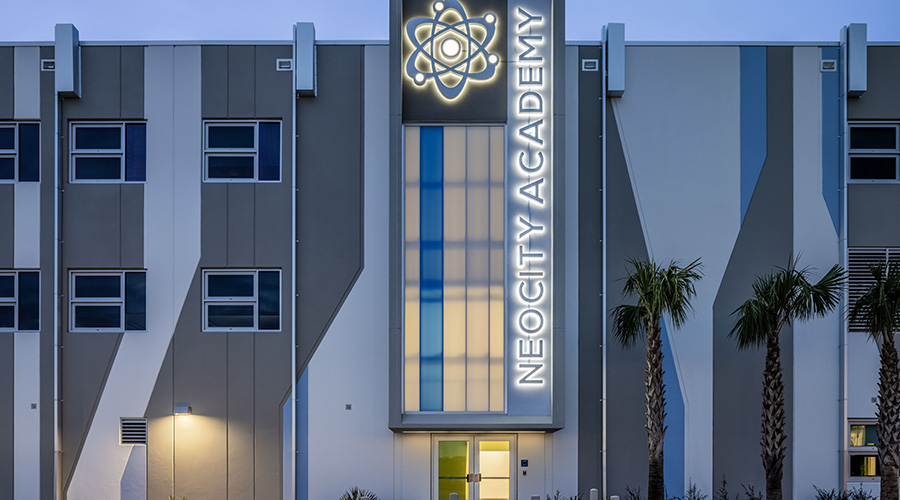Green Building News
ASHRAE 62.1 Reboots
New requirements regarding natural ventilation, exhaust systems and the IAQ Procedure are included in the 2010 version of Standard 62.1, ANSI/ASHRAE Standard 62.1-2010, Ventilation for Acceptable Indoor Air Quality.
Among the changes to the 2010 standard are modifications to the Natural Ventilation Rate Procedure, which now requires most buildings designed to meet the natural ventilation requirements, also include a mechanical ventilation system designed to meet the Ventilation Rate or IAQ procedures. The mechanical system is to be used when windows are closed due to extreme outdoor temperatures, noise and security concerns.
Another change relocates requirements related to exhaust systems to a new section, clarifying that exhaust requirements apply to all buildings regardless of the procedure used to determine outdoor air intake flow rates. The IAQ procedure, which allows for the calculation of the amount of outdoor air necessary to maintain the levels of indoor air contaminants below recommended levels, has been made more robust by increasing requirements for using the "similar building" design approach and clarifying other requirements.
For more information, visit www.ashrae.org/standards.
White Paper on Green Codes
USGBC has published a white paper titled Greening the Codes to help facility managers understand new green state and local construction codes. The white paper explains the impact of LEED on building codes and USGBC's role in the development of the new ANSI/ASHRAE/USGBC/IES Standard 189.1, Standard for the Design of High Performance, Green Buildings Except Low-Rise Residential Buildings.
In addition to highlighting some of the requirements of the 189.1 Standard, the white paper also gives a preview of the International Green Construction Code, being developed by the International Code Council and expected to be released in 2012. It also provides an overview of the new California Green Building Standards Code, released this year.
The paper concludes with a discussion of how mandatory codes and voluntary rating systems will continue to work together. The white paper can be downloaded for free by clicking on the Announcements option of the News & Events tab at USGBC.org.
Data Centers Can Be Energy Stars
Stand-alone data centers and buildings that house large data centers can now earn the Energy Star label. To earn the label, data centers must be in the top 25 percent of their peers in energy efficiency according to the U.S. Environmental Protection Agency's (EPA) energy performance scale.
EPA uses the Power Usage Effectiveness (PUE) metric to determine whether a data center qualifies for the Energy Star label. Before being awarded the Energy Star, a licensed professional must independently verify the energy performance of these buildings.
Data centers account for 1.5 percent of total U.S. electricity consumption at a cost of $4.5 billion annually, an amount that is expected to almost double over the next five years.
Based on the latest available data, improving the energy efficiency of America's data centers by just 10 percent would save more than 6 billion kilowatt-hours each year, enough to power more than 350,000 homes and save more than $450 million annually.
Related Topics:













